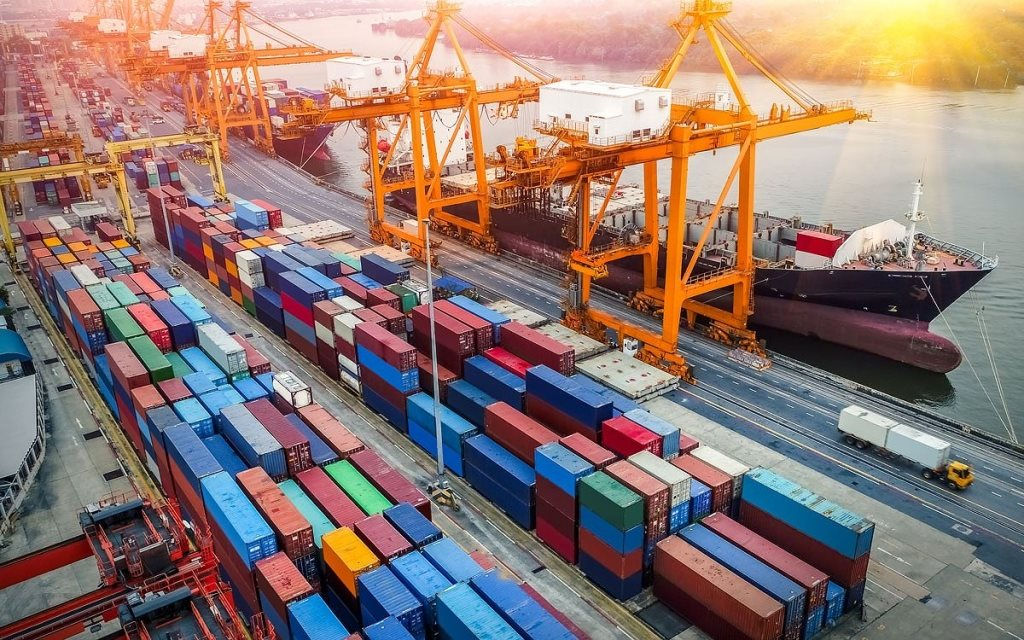Vietnam's prospects are reassuring
While global uncertainties, such as China’s zero-COVID ambitions, Russia-Ukraine conflict… persist, Vietnam's prospects are reassuring.

Although The World Bank predicts a weak 2.9% global growth for 2022, Vietnam is expected to grow 6.5%.
>> Market Outlook: Vietnam today, tomorrow and beyond
Adverse impacts
Hope was clearly high in Vietnam after the worst effects of the pandemic passed. Global markets were buzzing too, as the world economy grew 5.5% in 2021, its fastest rate since 1976. There was a renewed sense of optimism that we hadn't seen for some time.
Although optimism was understandable, the global economy had different plans.
After Russia invaded Ukraine, war and turmoil were brought to Europe's doorstep, and the global economy suffered a serious blow. The resulting spikes in energy prices have rippled throughout global markets, driving up commodity prices and disrupting supply chains. Consumer goods, textiles, electronic components, and so on are becoming increasingly expensive and hard to source. Developing, manufacturing-focused countries such as Vietnam are particularly vulnerable to these pressures.
It is likely that these impacts will intensify and accelerate as the war drags on. For the foreseeable future, risks and uncertainty will remain high.
We have also been watching our northern neighbor, China, continue lockdowns in the face of the new pandemic reality. Nearly 55% of Vietnam’s raw materials and accessories used in the textile, garment, and footwear industries are imported from China, according to the Ministry of Industry and Trade. For as long as China continues to pursue zero-COVID ambitions and forces its resulting logistics and supply bottlenecks, Vietnam will have difficulty obtaining essential inputs like electronic components, machinery parts, fabrics, and chemicals. This threatens Vietnam's export growth.
Global labor shortages further constrain growth. In 2022, the International Labor Organization predicts a global deficit in hours worked equivalent to the loss of approximately 52 million full-time jobs worldwide. Vietnam specifically struggles to fill the jobs needed to maintain rapid economic growth.
The combination of these factors has reduced investor confidence in Vietnam and around the world. In Q2 2022, the EuroCham Business Climate Index (BCI) showed decreased confidence in Vietnam's investment climate, dropping 4.4 points to 68.8. There have also been downward revisions to international growth forecasts by the UN, The World Bank, the IMF and the OECD.
GDP growth driver
Although The World Bank predicts a weak 2.9% global growth for 2022, Vietnam is expected to grow 6.5%.
>> Vietnam among fastest growing economies in East Asia – Pacific region: WB
This has been driven by Vietnam's young, dynamic, and increasingly tech-savvy workforce of 56 million, making it one of the world's largest labor forces in percentage and absolute numbers.
Considering Vietnam's high-quality and affordable labor offerings it's no surprise that foreign investors want to move manufacturing operations here. Export-oriented manufacturing and inbound foreign direct investment are driving Vietnam's economic growth. As of 2021, Vietnam's exports accounted for 19% of its GDP, an increase from less than 1% in 2010. In fact, the country's export market has now surpassed Malaysia and Thailand.

Mr. Alain Cany, Chairman of EuroCham, Country Chairman of Jardine Matheson Vietnam
Mr. Alain Cany, Chairman of EuroCham, Country Chairman of Jardine Matheson Vietnam, said this has been illustrated by a wave of big name FDI projects. EuroCham-member LEGO is investing $1 billion in Binh Duong to build its forward-looking first factory in Vietnam and its second in Asia. Apple supplier Pegatron now plans to invest up to $1 billion here. Foxconn committed $300 million to upgrade its Bac Giang manufacturing facility. Samsung will begin manufacturing semiconductor parts in Vietnam in 2023, while Apple will manufacture its Watches here. According to the MPI, FDI implemented in the first 8 months of 2022 totaled $12.8 billion, representing a 10.5% increase over the same period last year. Vietnam is consistently one of the world’s top FDI receivers relative to GDP, ranking second only to Malaysia among ASEAN economies.
As multinational companies seek to expand in Vietnam, as part of a China Plus One strategy, and because of the 15 free trade agreements Vietnam has, the FDI export market will continue to grow.








